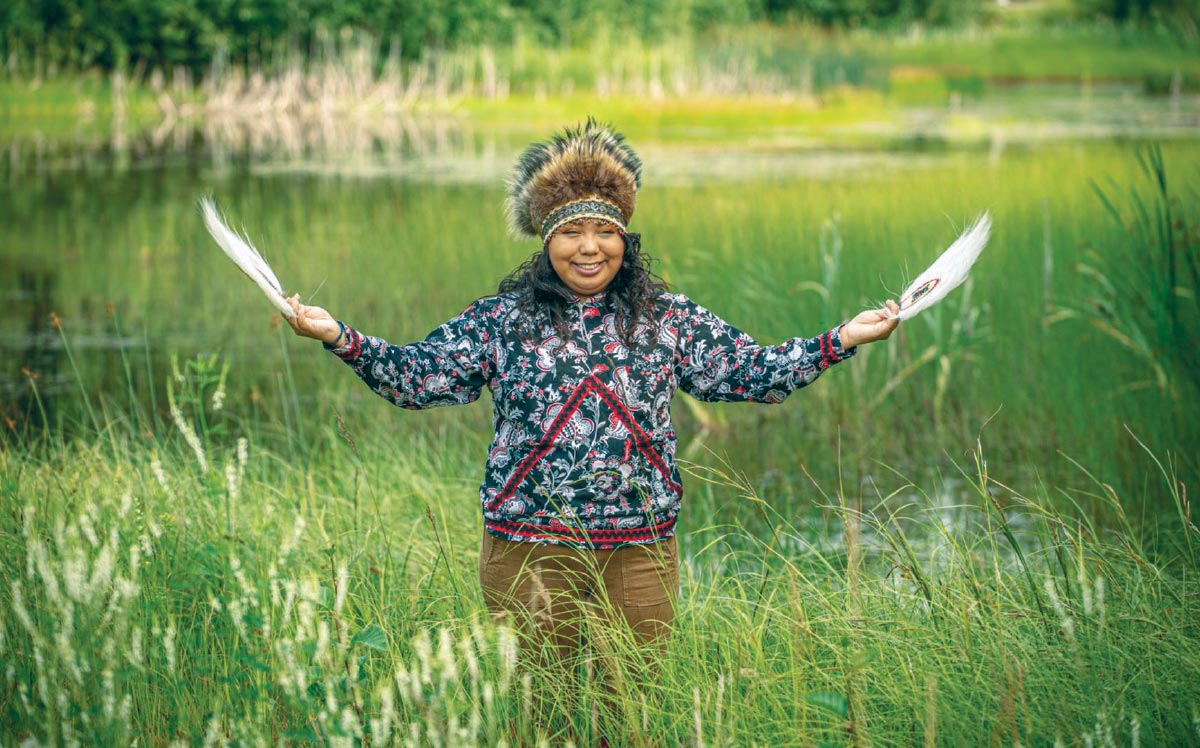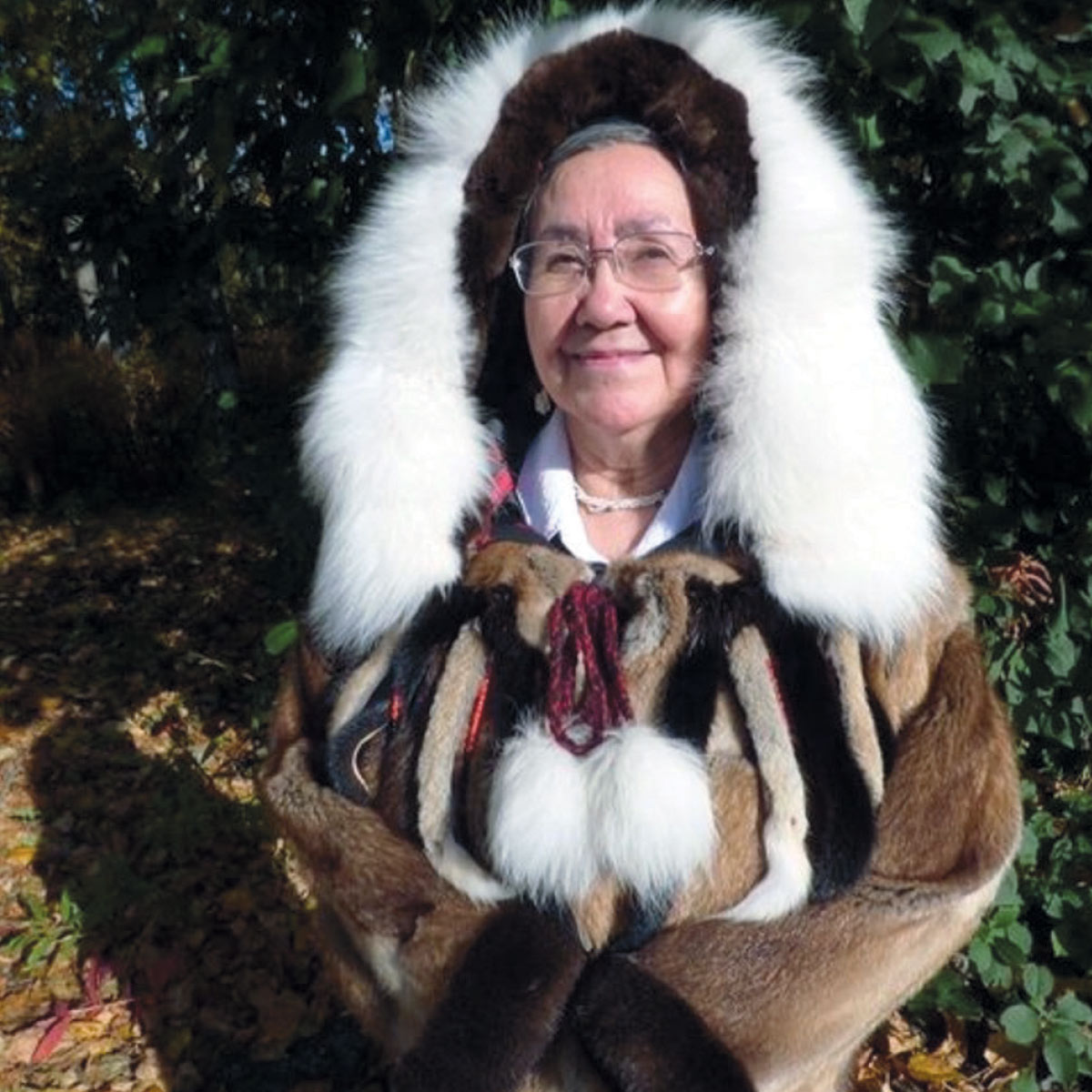






Empowerment Through Culture
n September 2020, the Alaska Native Heritage Center (ANHC) announced their new wellness program, Unguwat: Resilience & Connection, which serves Alaska Natives aged 18 to 24. The program is funded through a five-year grant from the federal Substance Abuse and Mental Health Services Administration’s Native Connections grant. Unguwat is a Sugpiaq word meaning “coming together for a purpose,” and the program addresses issues of suicide and substance misuse through cultural heritage-centered activities including Native dance, skin sewing, beading and paddle carving.
Located in Anchorage, ANHC perpetuates and teaches Alaska Native cultures and life-ways through programs led by Alaska Natives. It is the only statewide education center dedicated to celebrating all Indigenous cultures in Alaska: Iñupiaq, St. Lawrence Island Yupik, Yup’ik, Cup’ik, Sugpiaq (Alutiiq), Unangax̂, Athabascan, Eyak, Tlingit, Haida and Tsimshian. Through permanent collections, life-sized village sites, Indigenous-led tours and immersive programs, ANHC provides engaging experiences that facilitate greater understanding of the rich and diverse Alaska Native cultures.
Tatiana Ticknor—who is Tlingit, Dena’ina Athabascan and Deg Hit’an Athabascan—began her career at ANHC as a summer intern at the age of 15 and is currently the Unguwat Program Coordinator. She is also a mother and is in her junior year at University of Alaska Fairbanks working toward a BA in Applied Business. Among the Unguwat program offerings, “our weekly Native dance group is the most successful,” Ticknor said, and is taught twice a week. “Before then there was no dance class available, and it really helps our community.”
